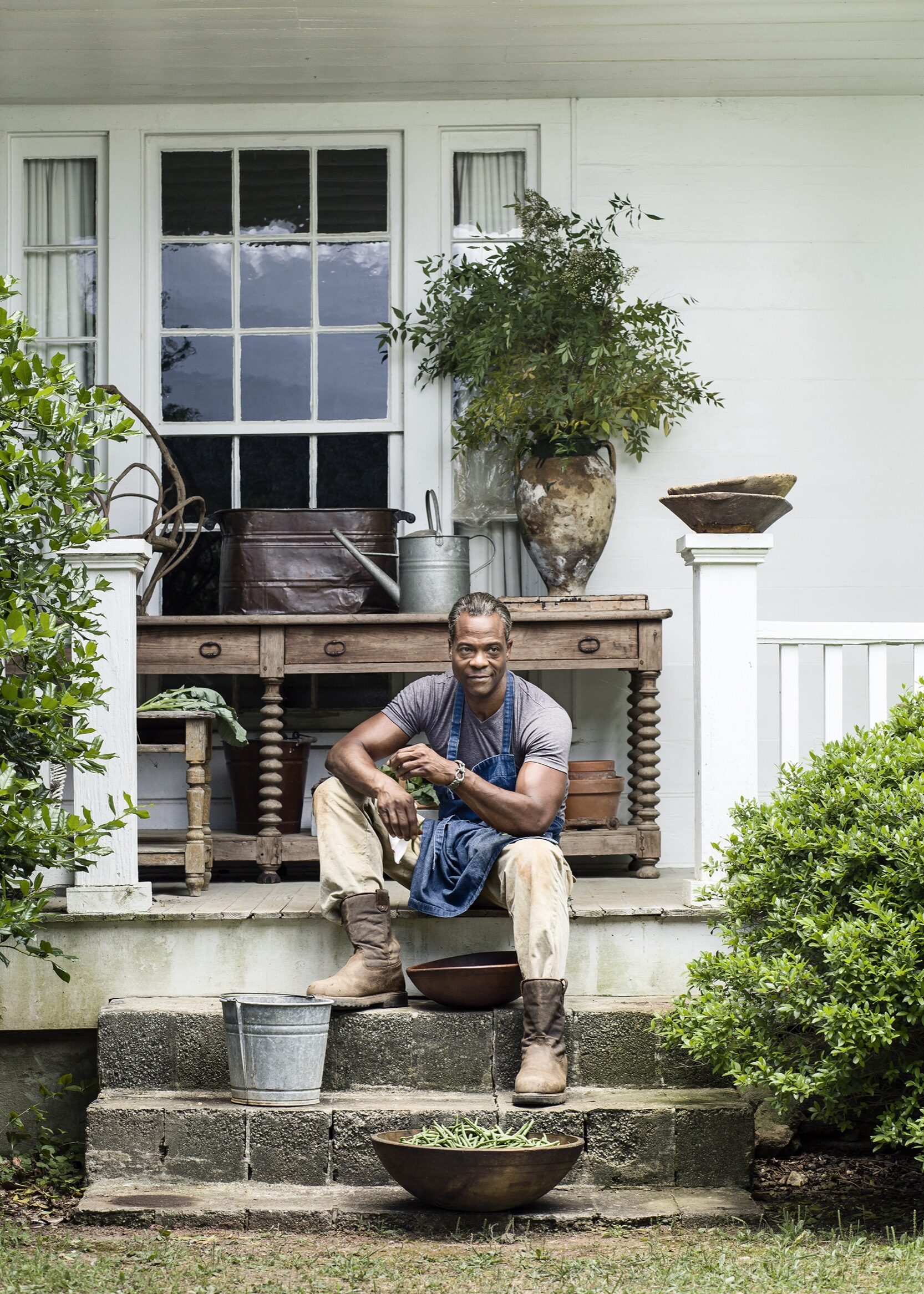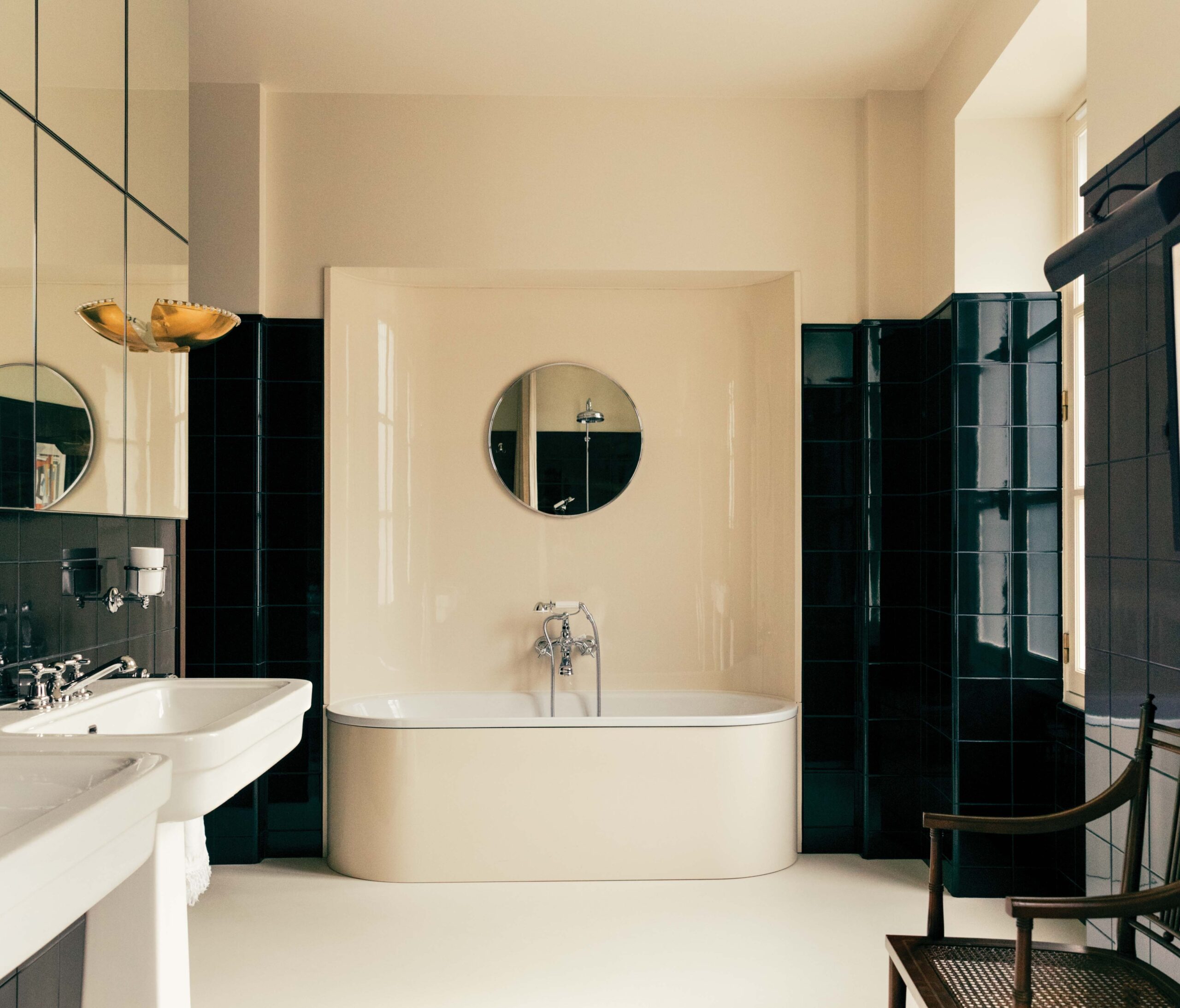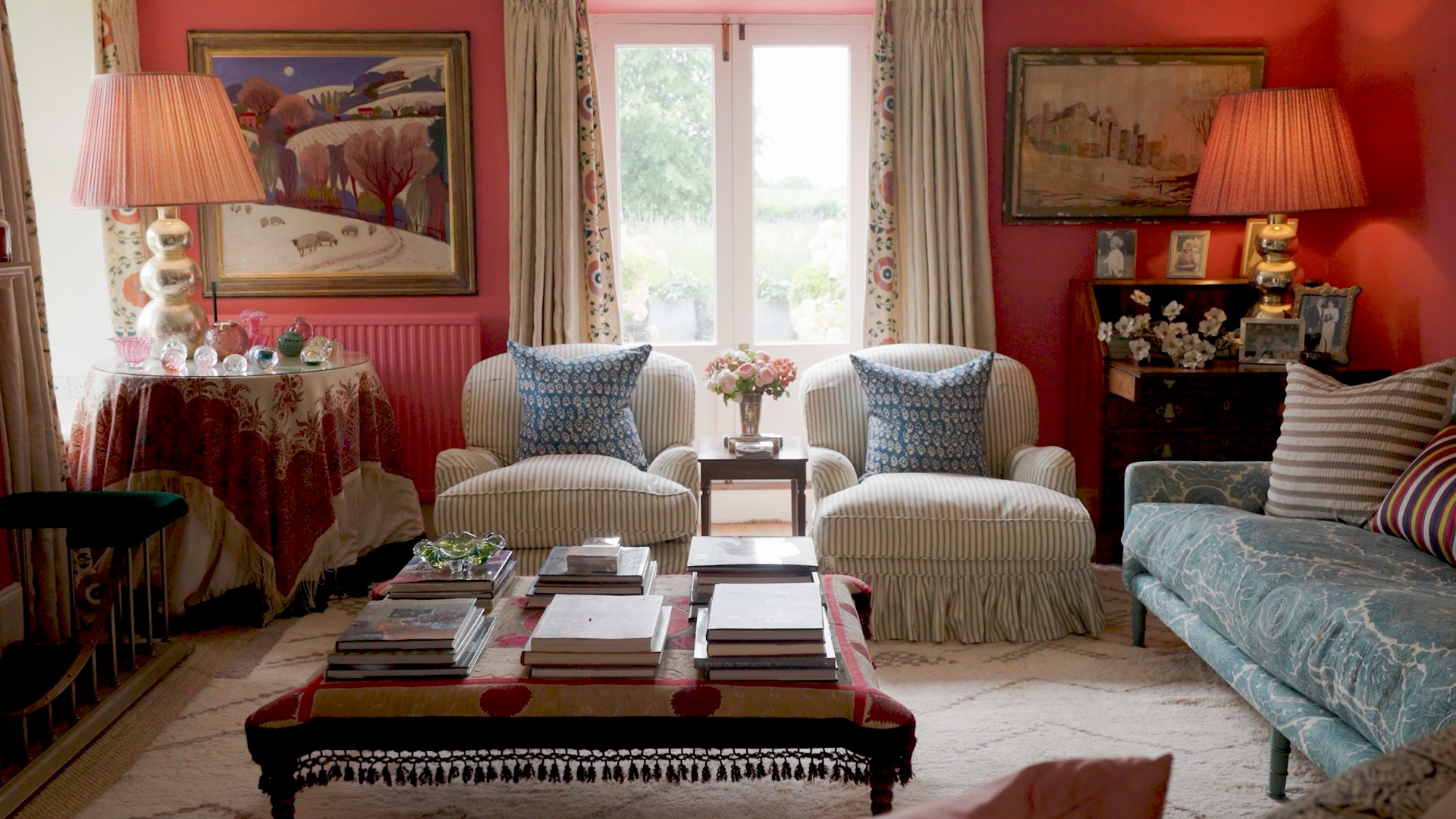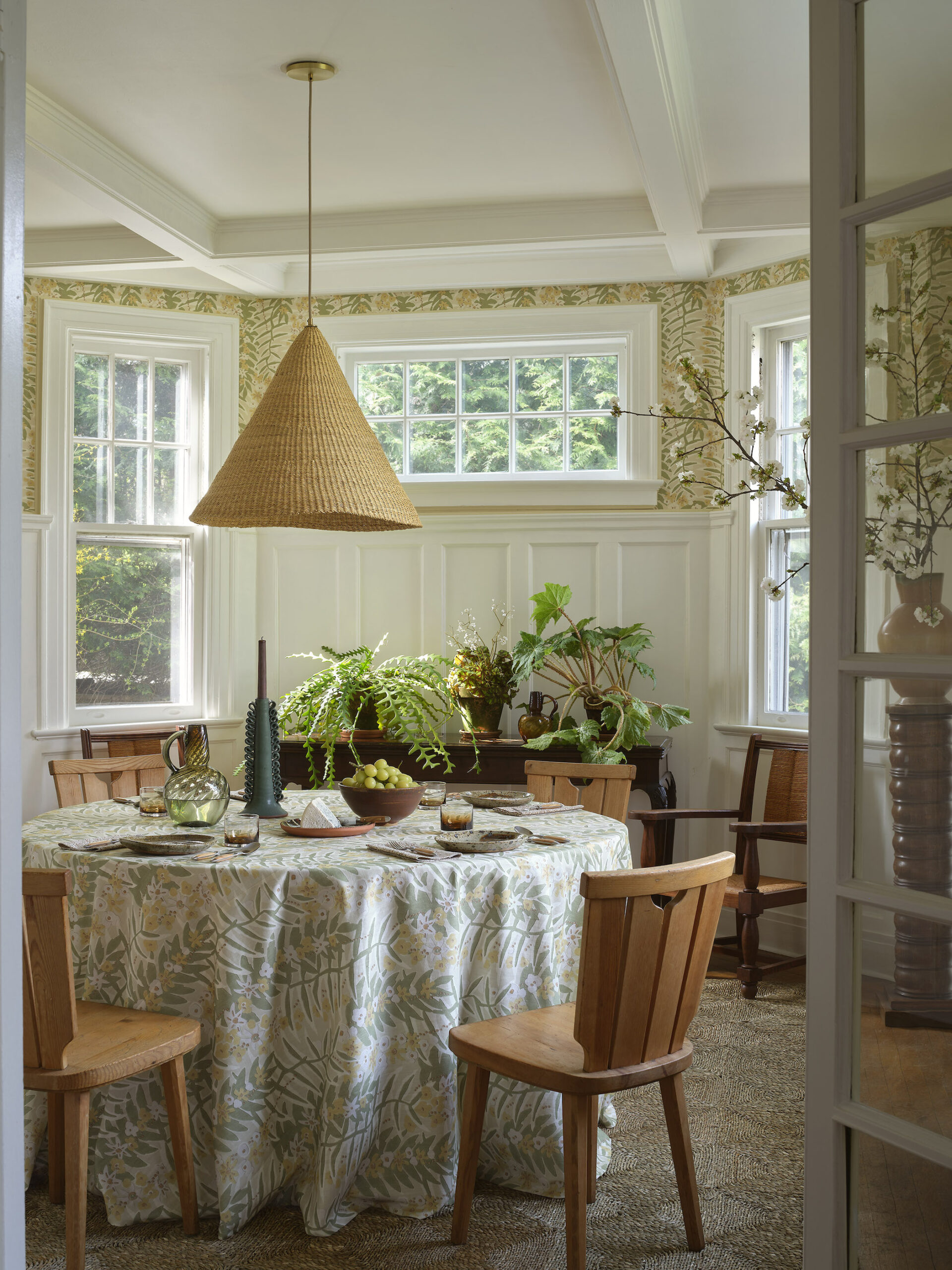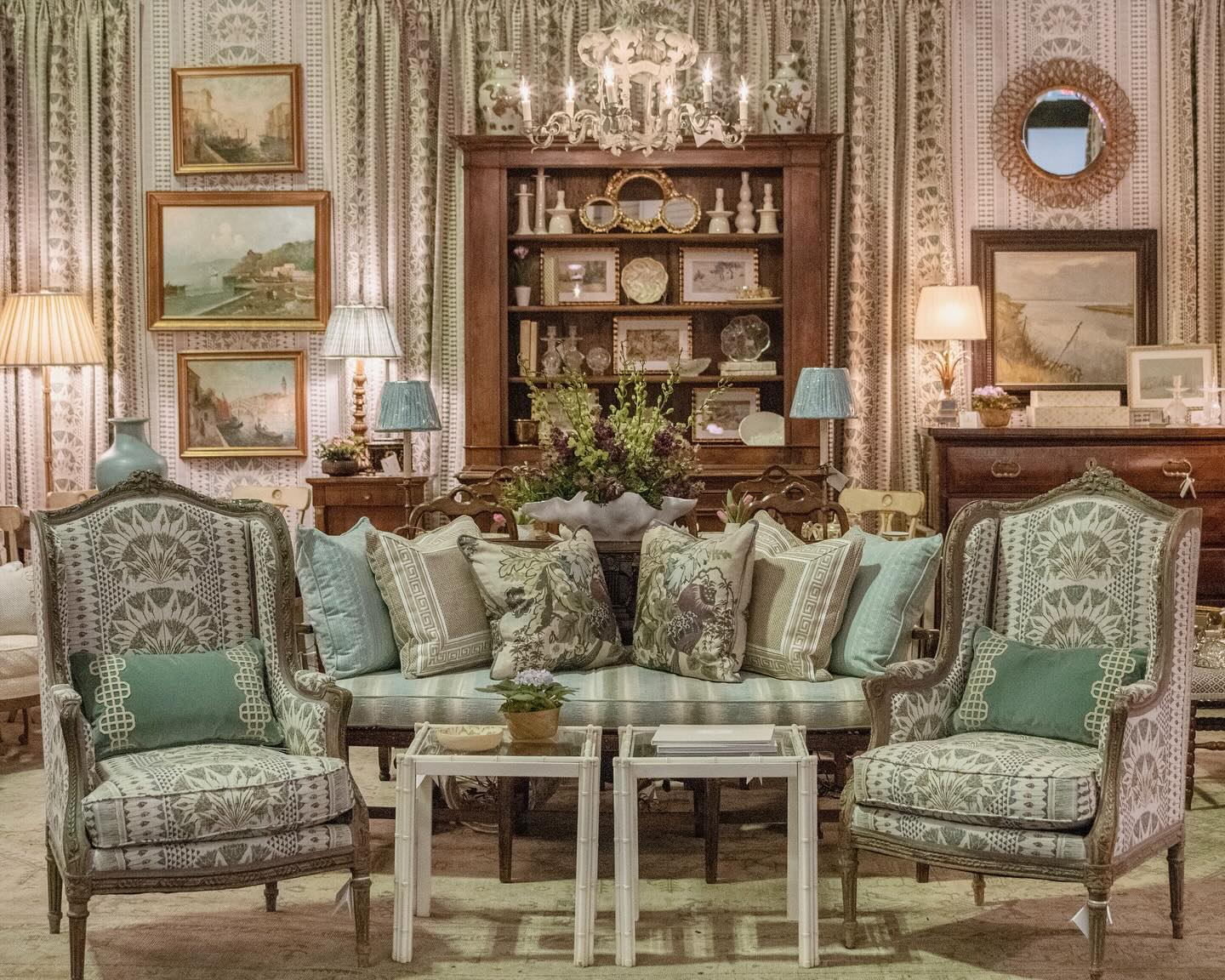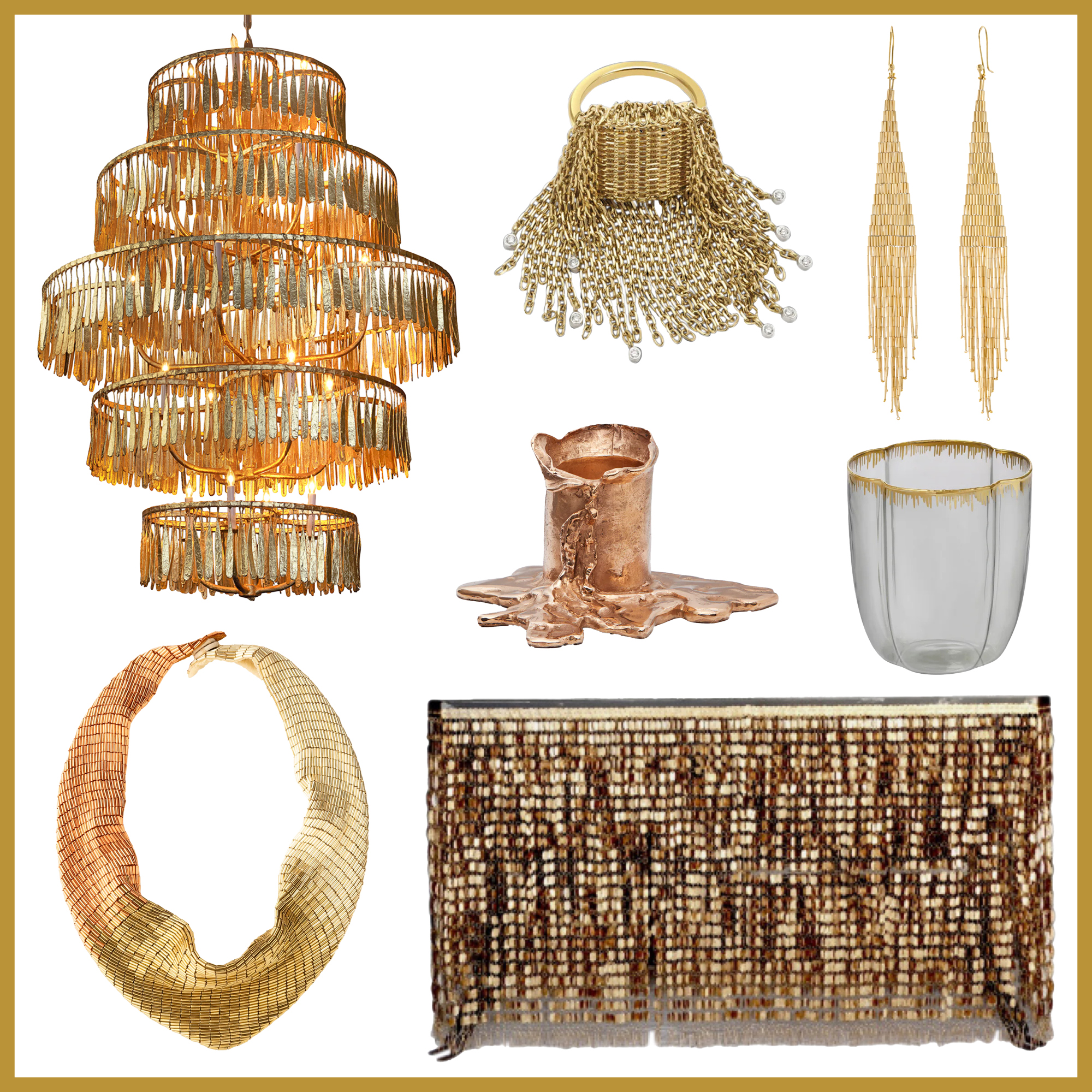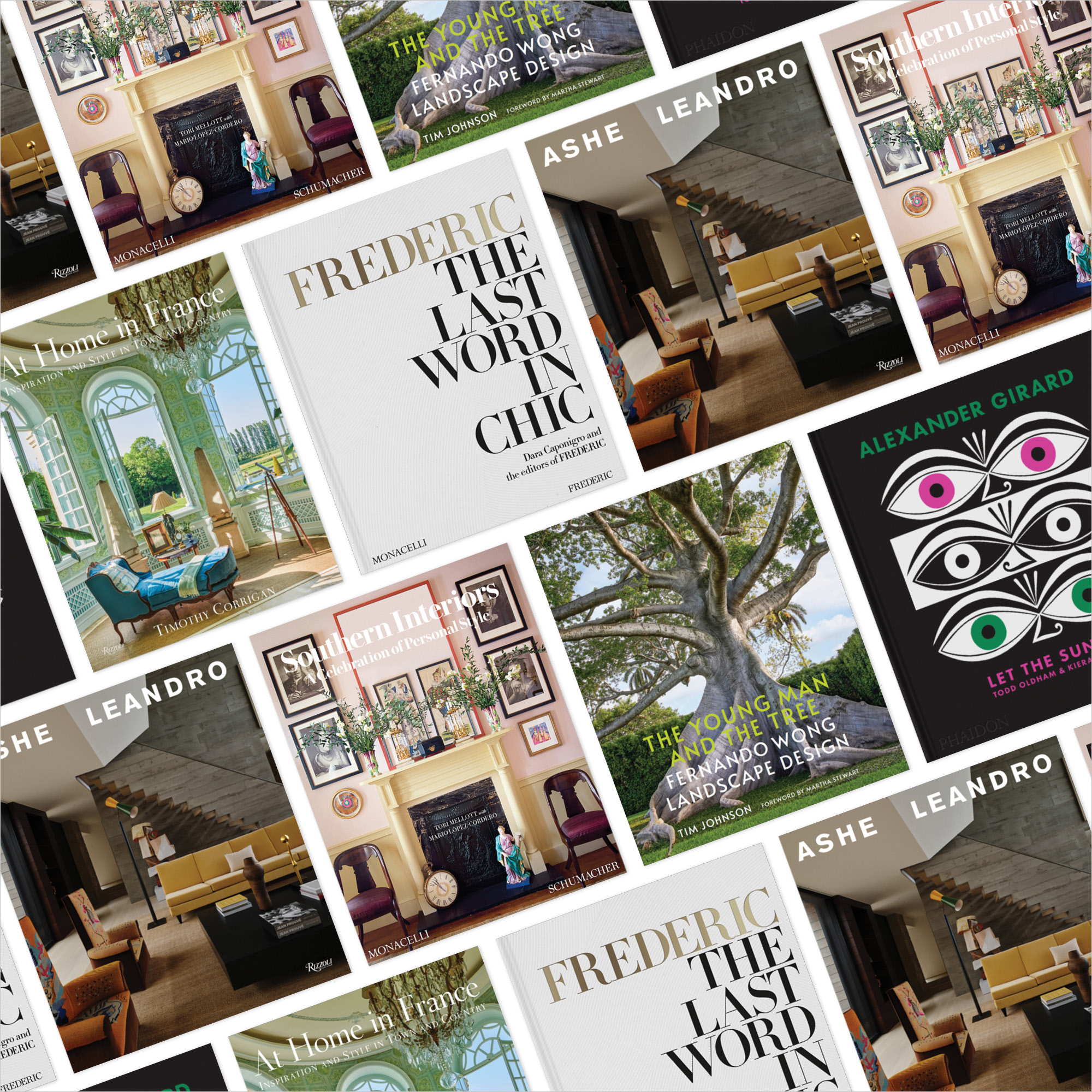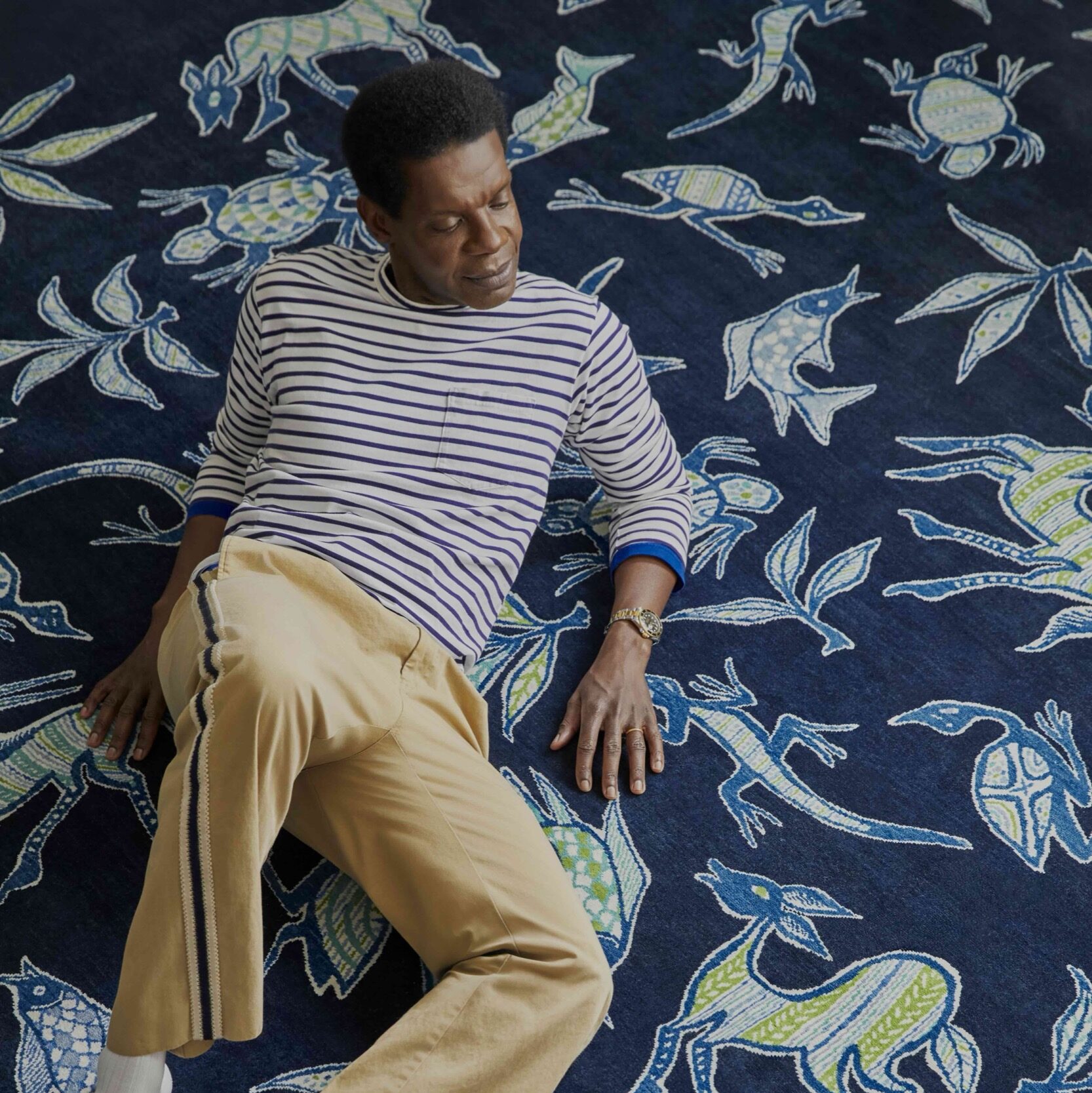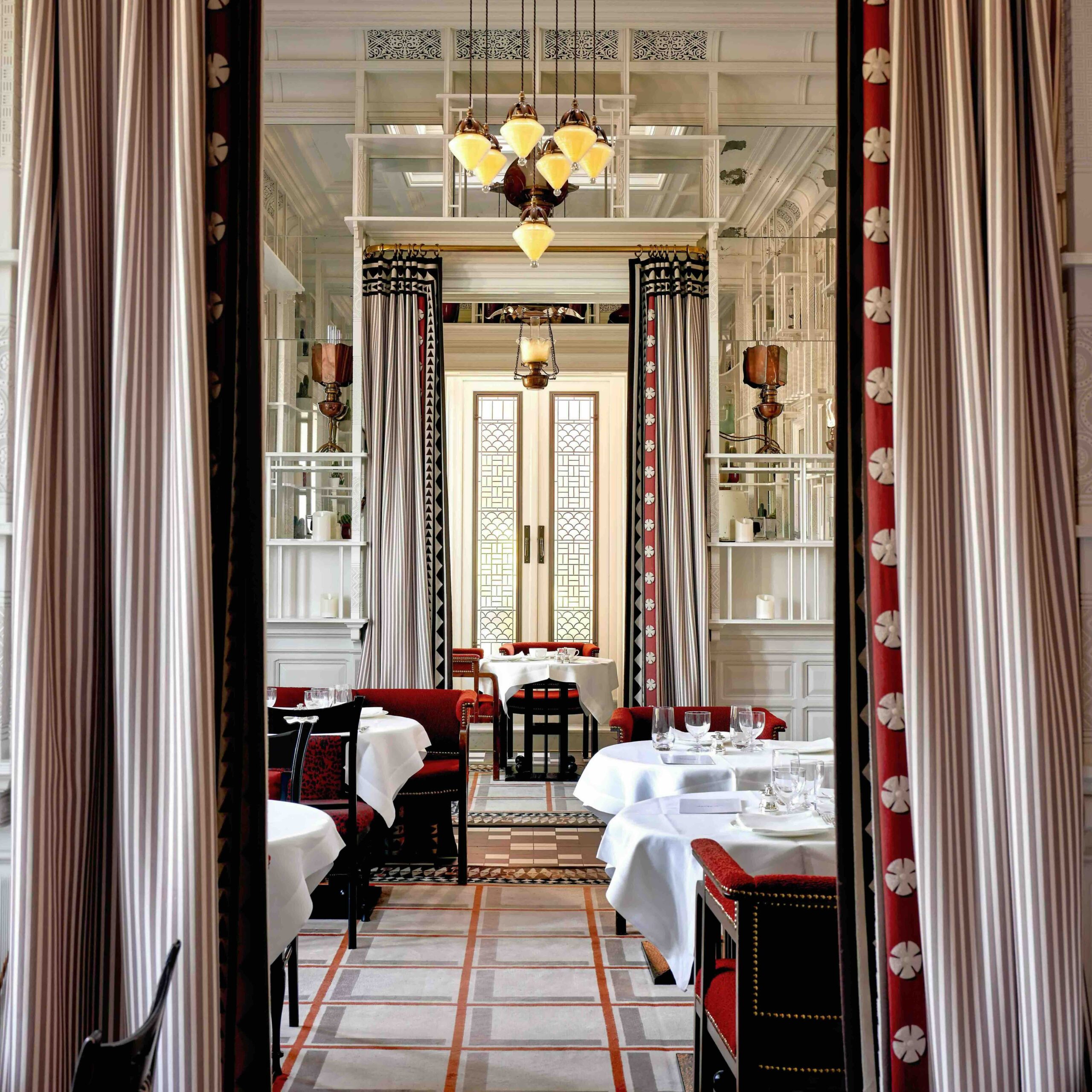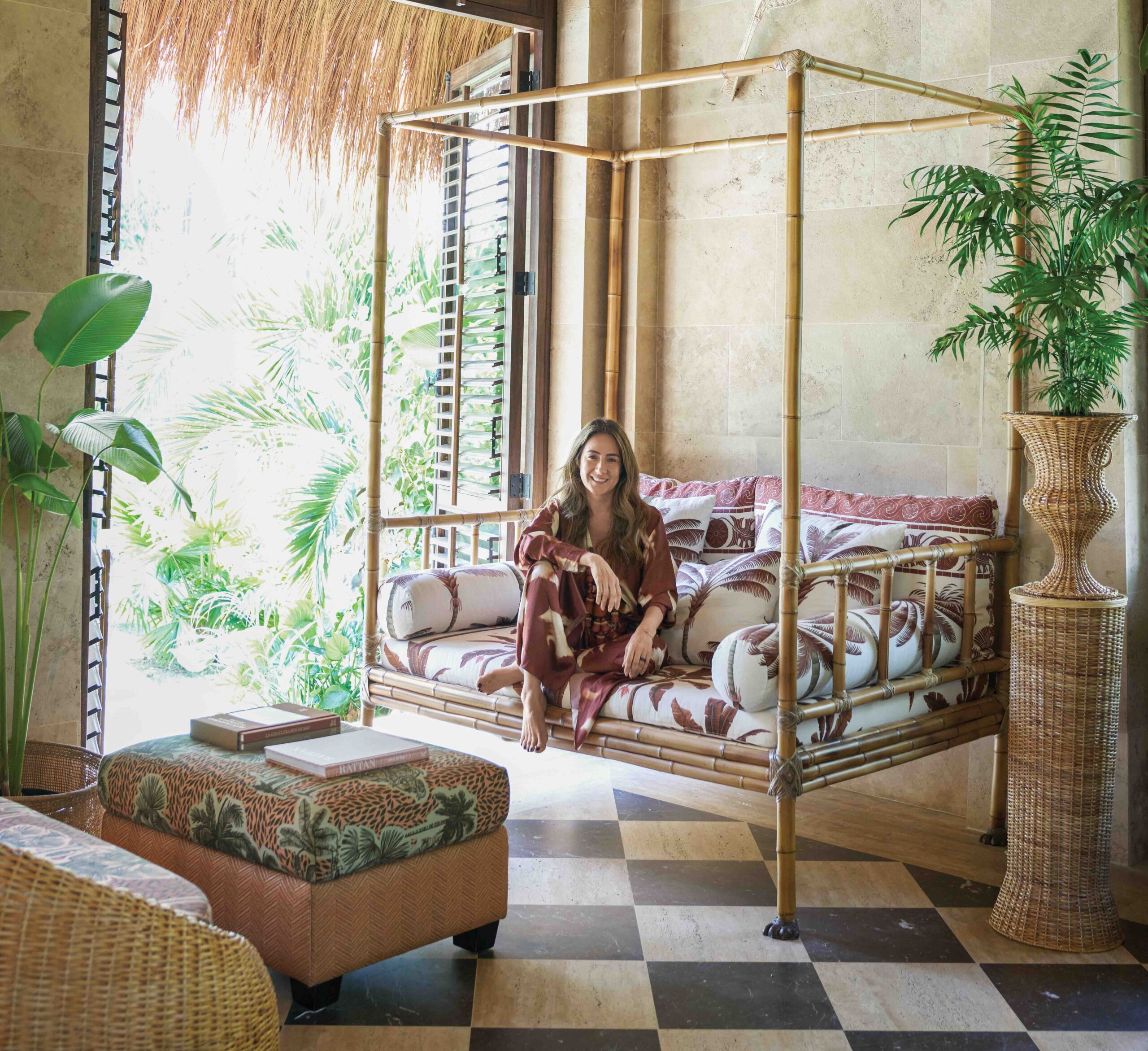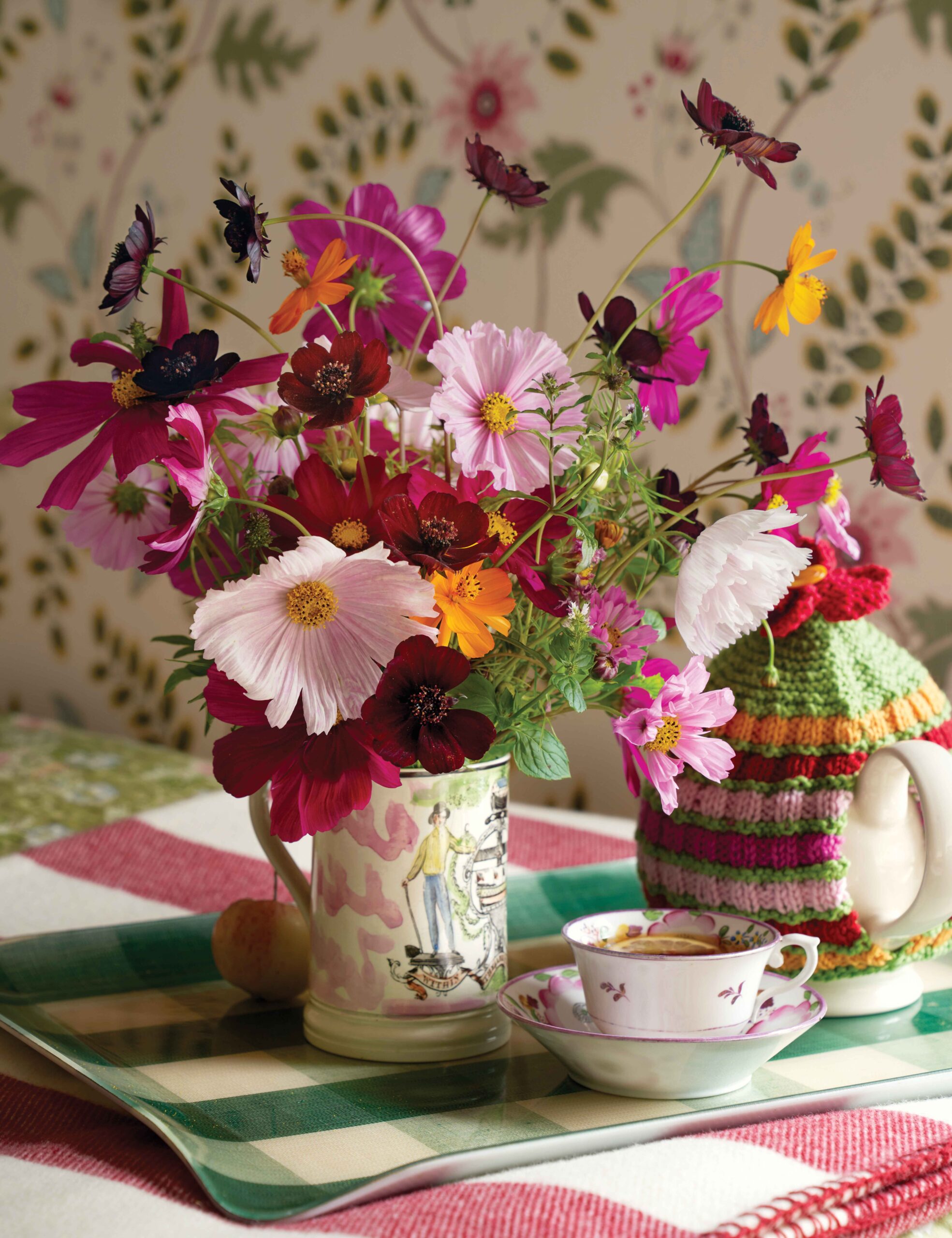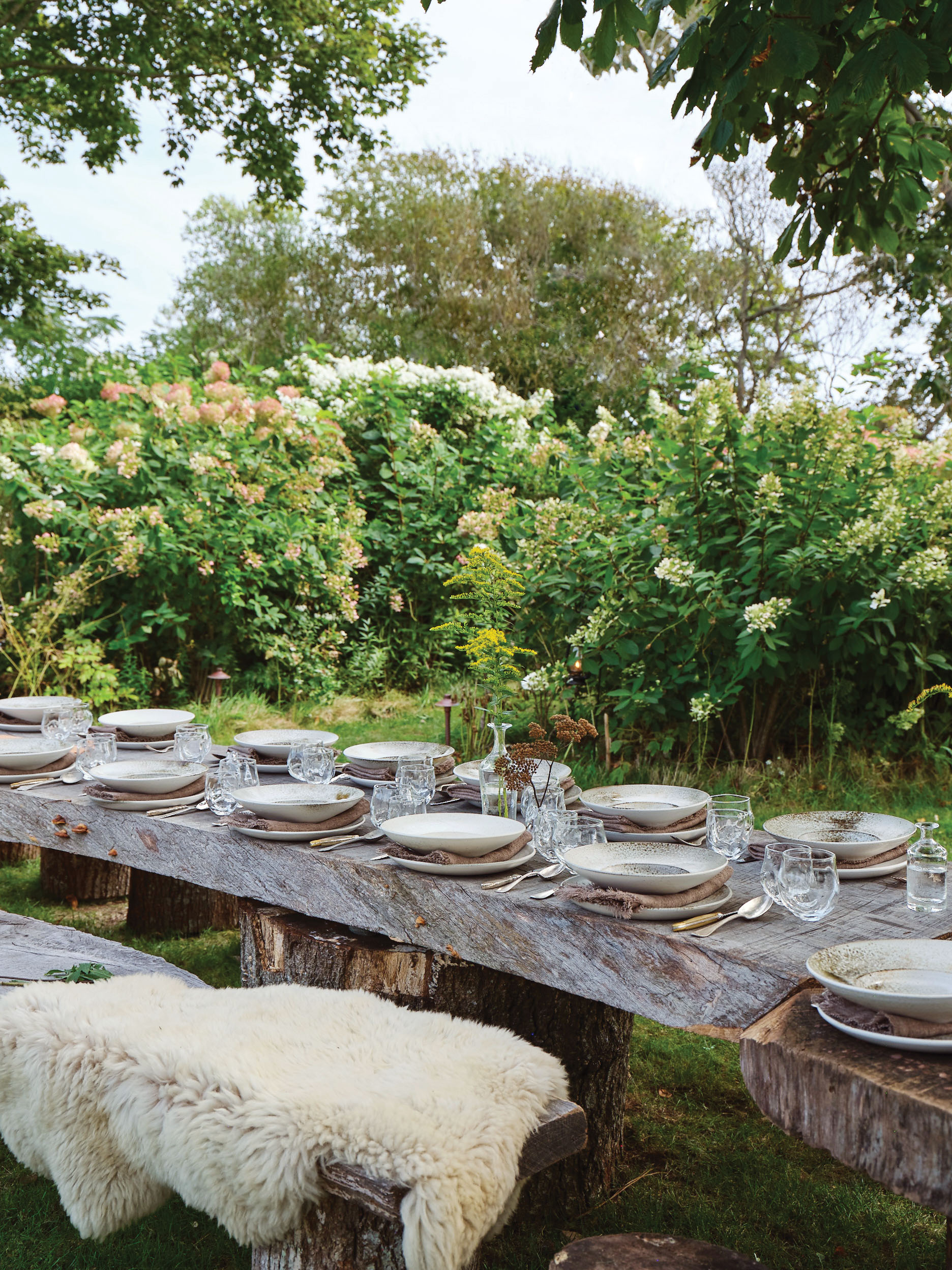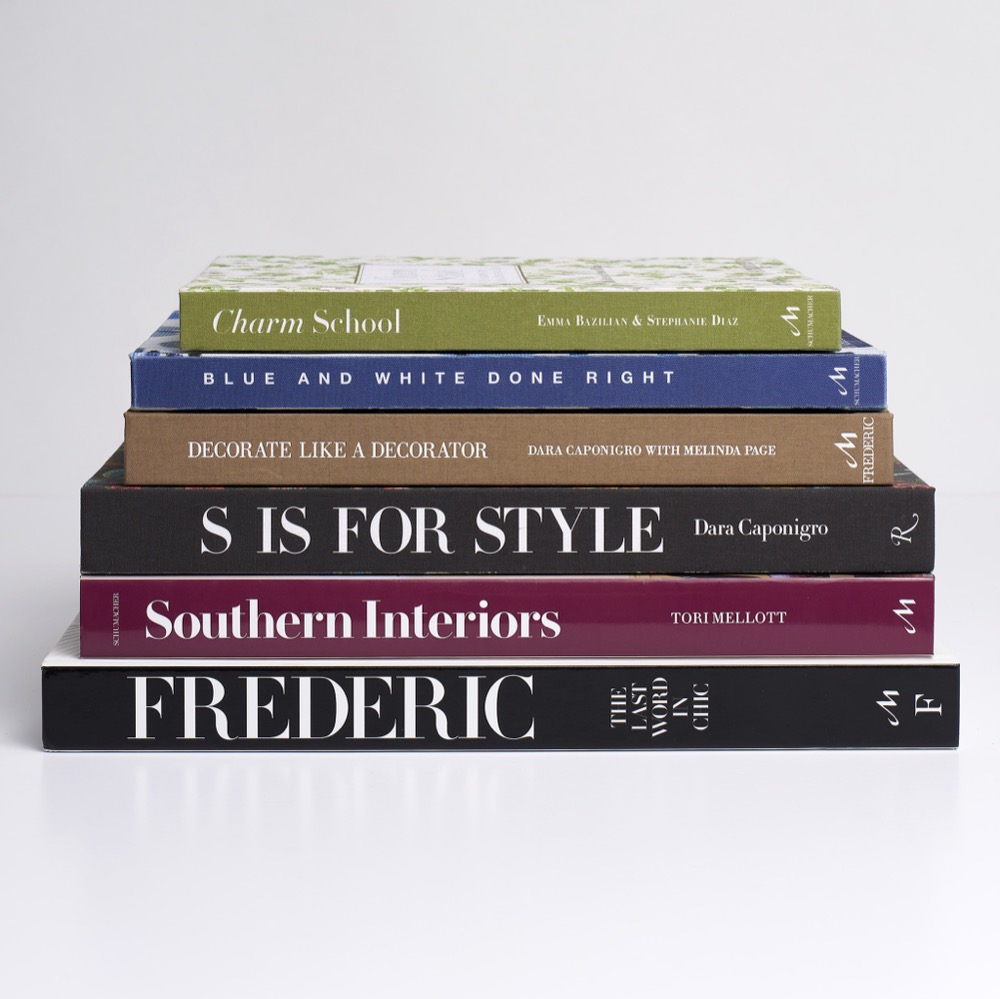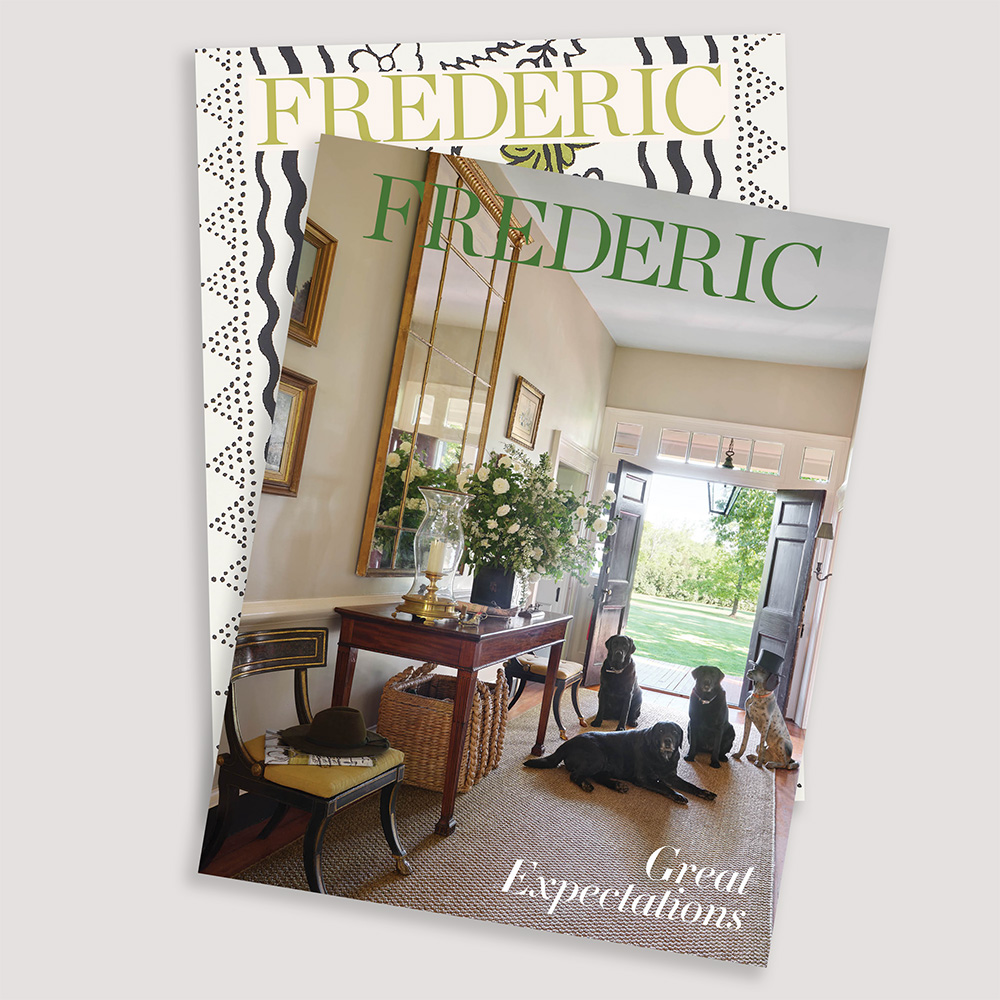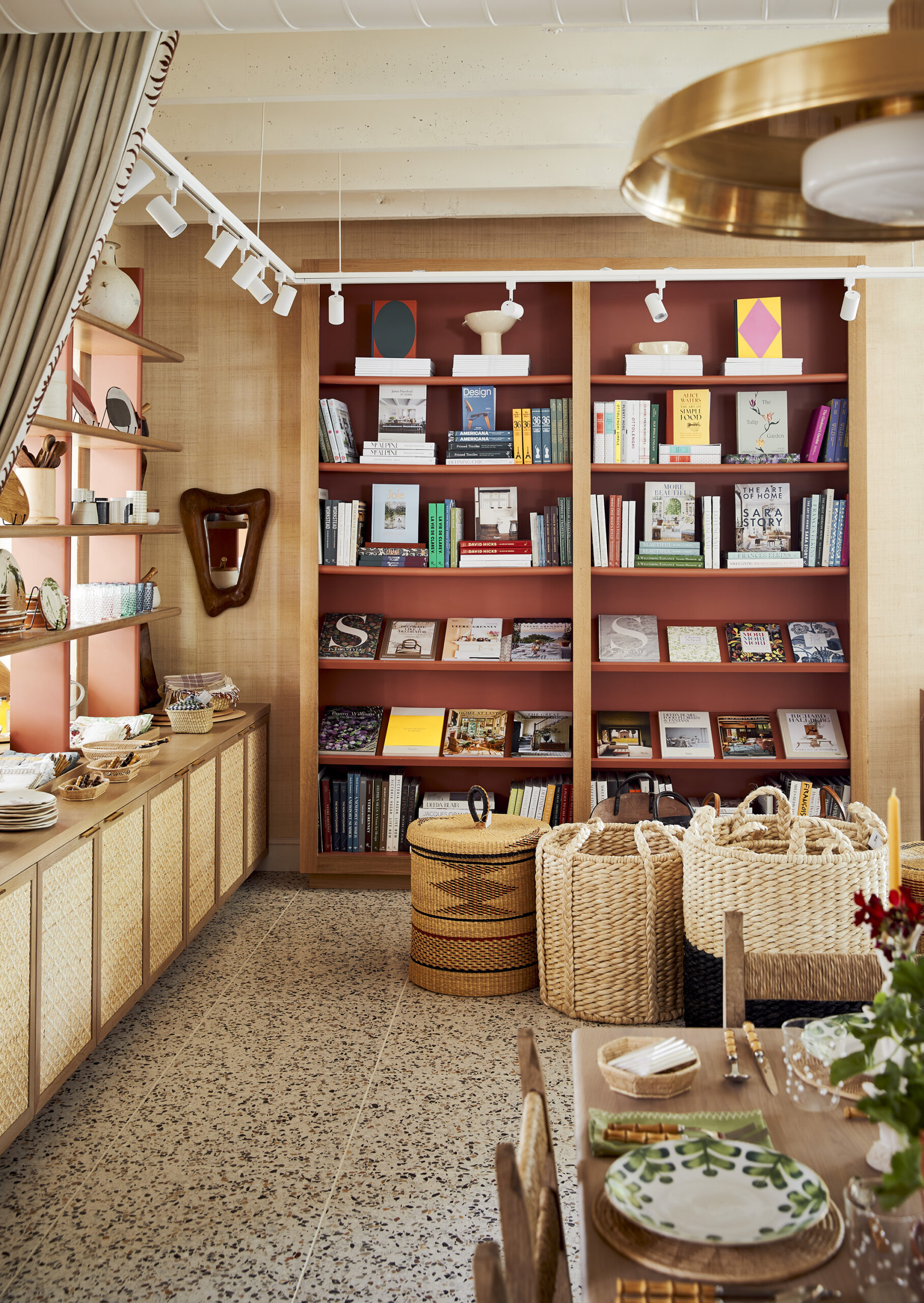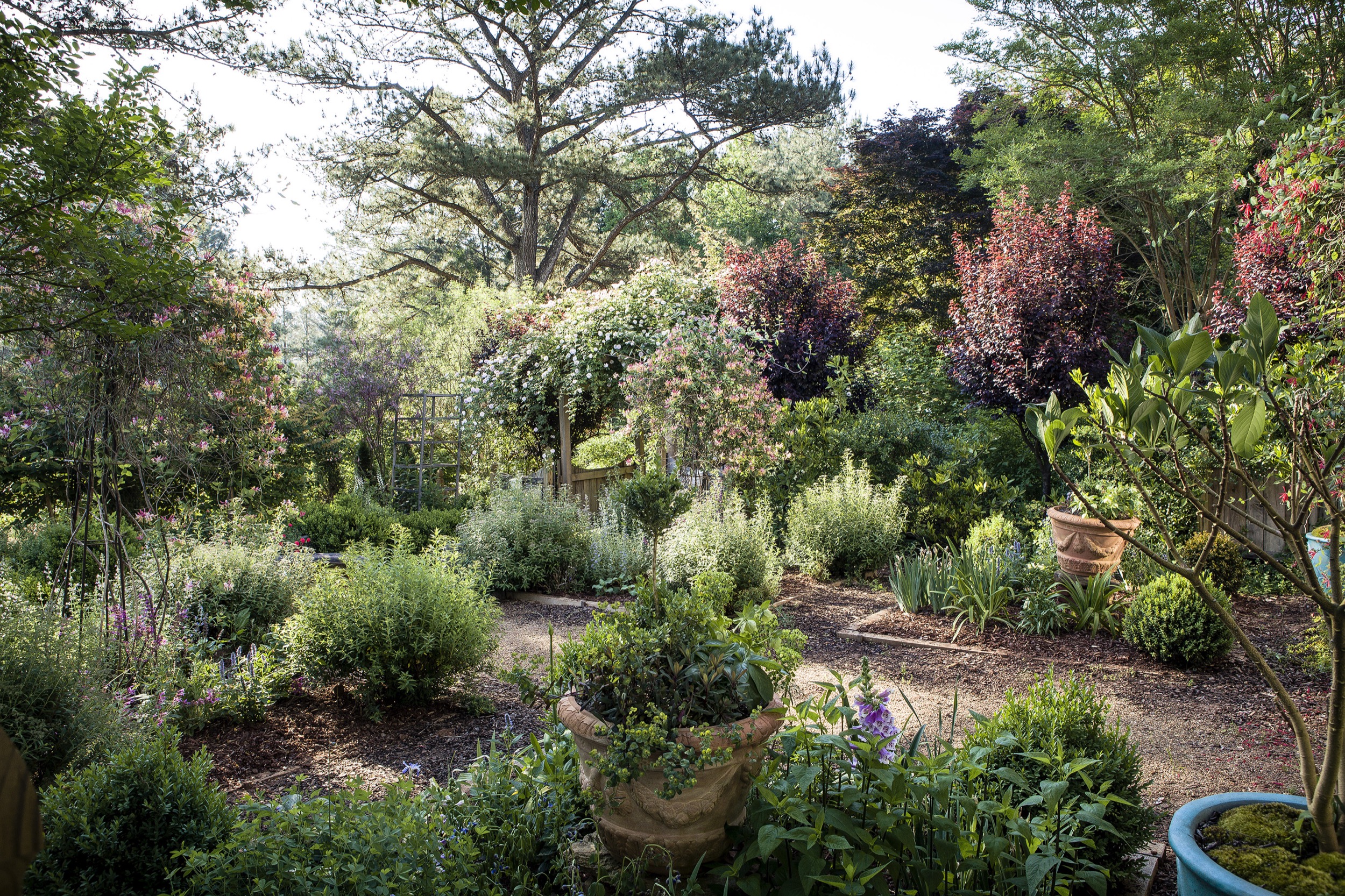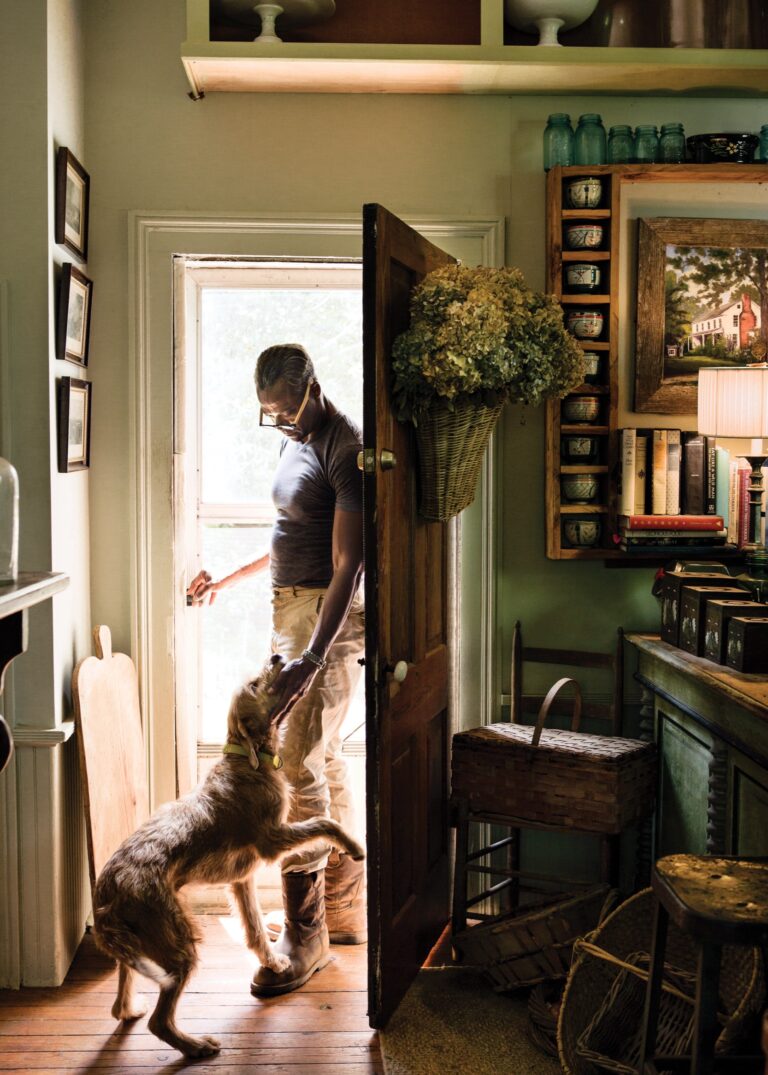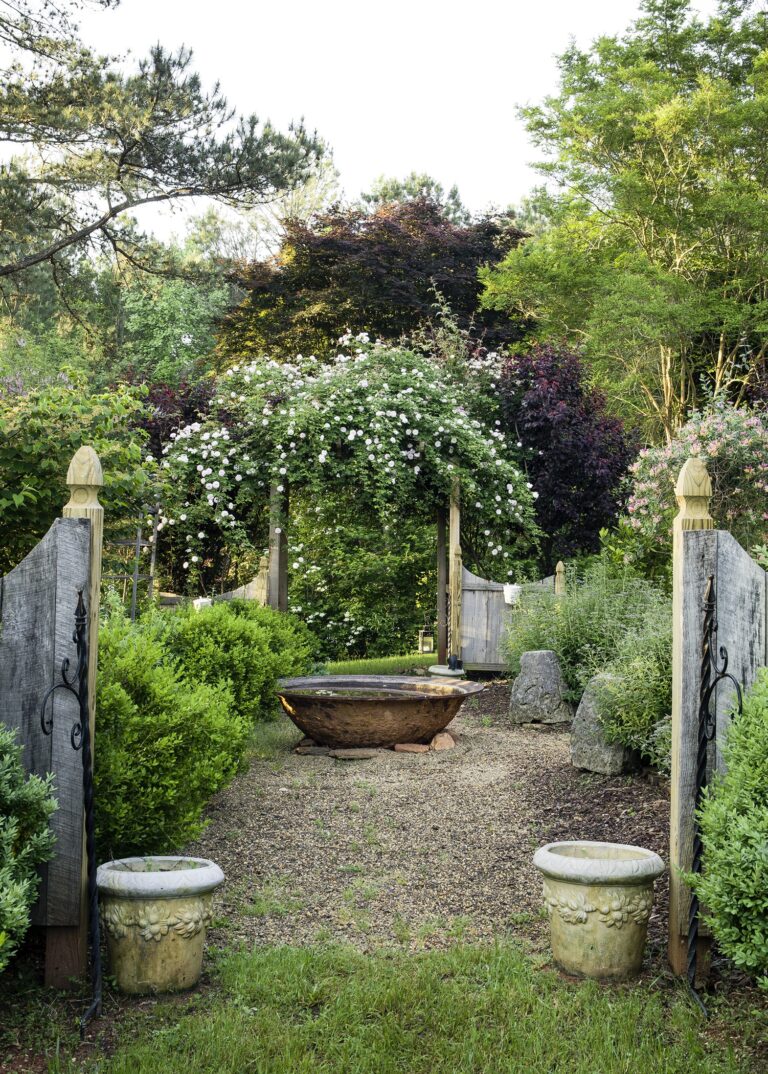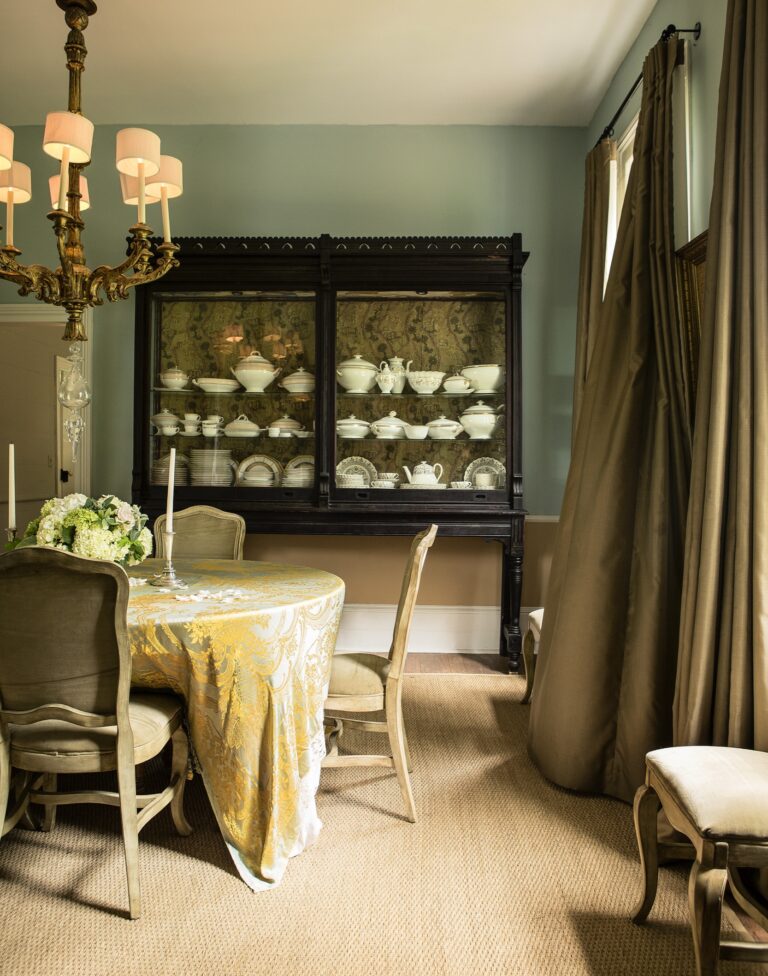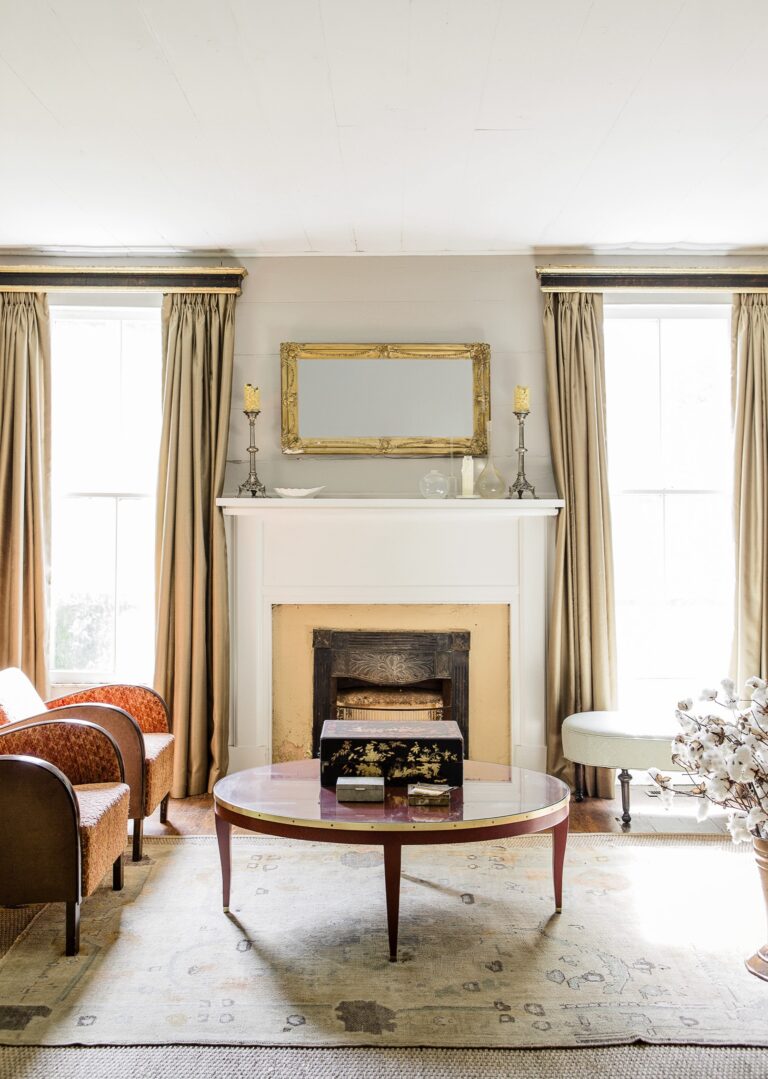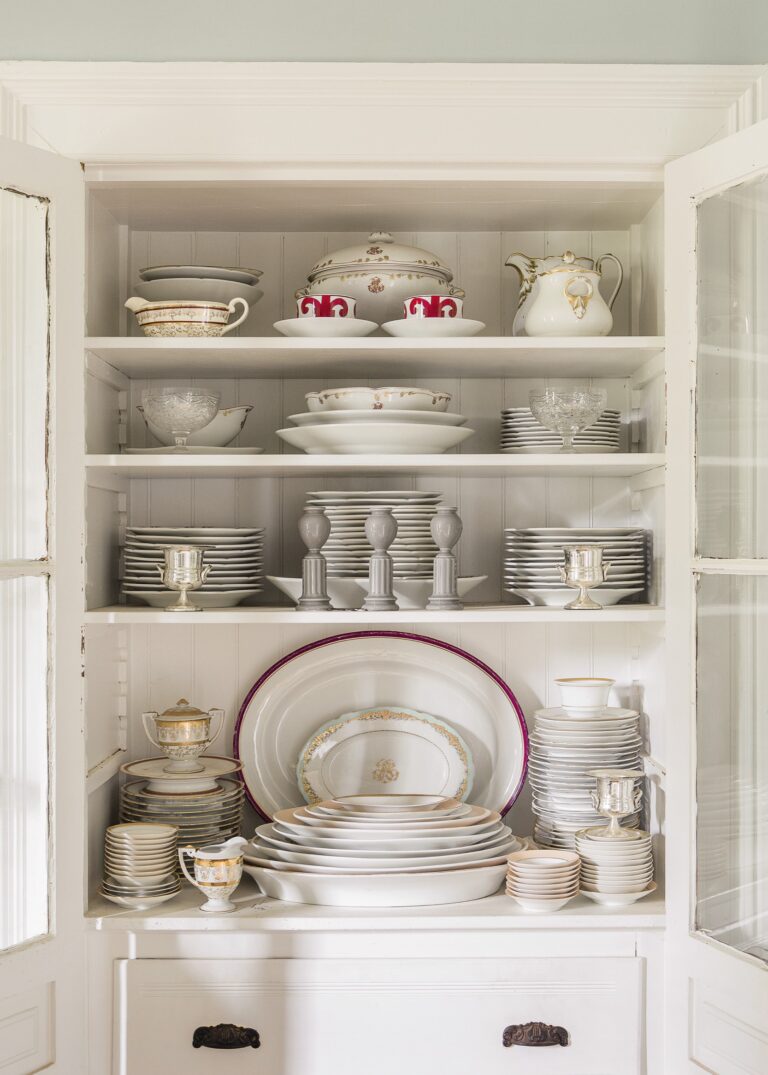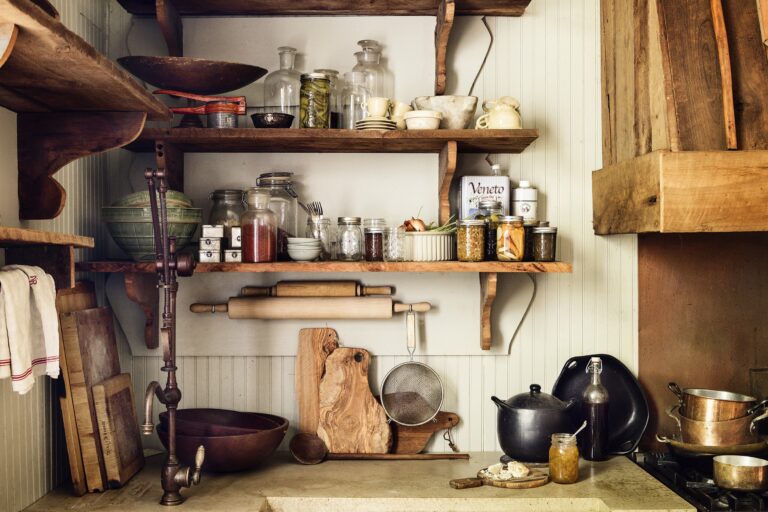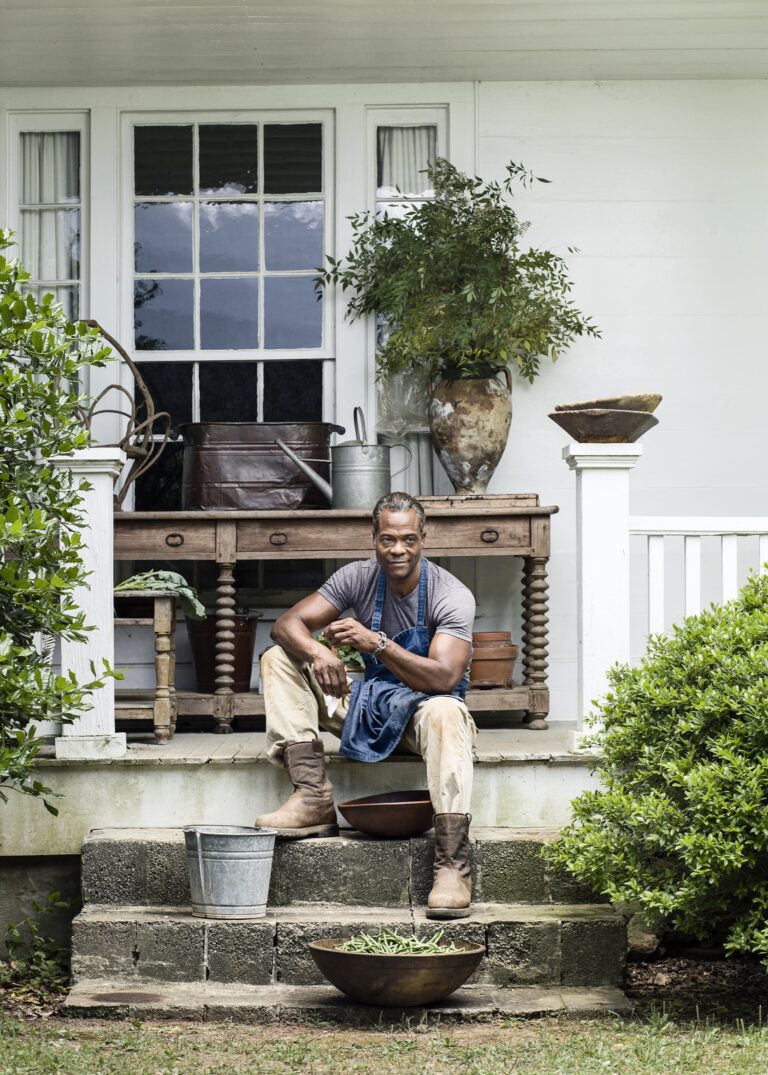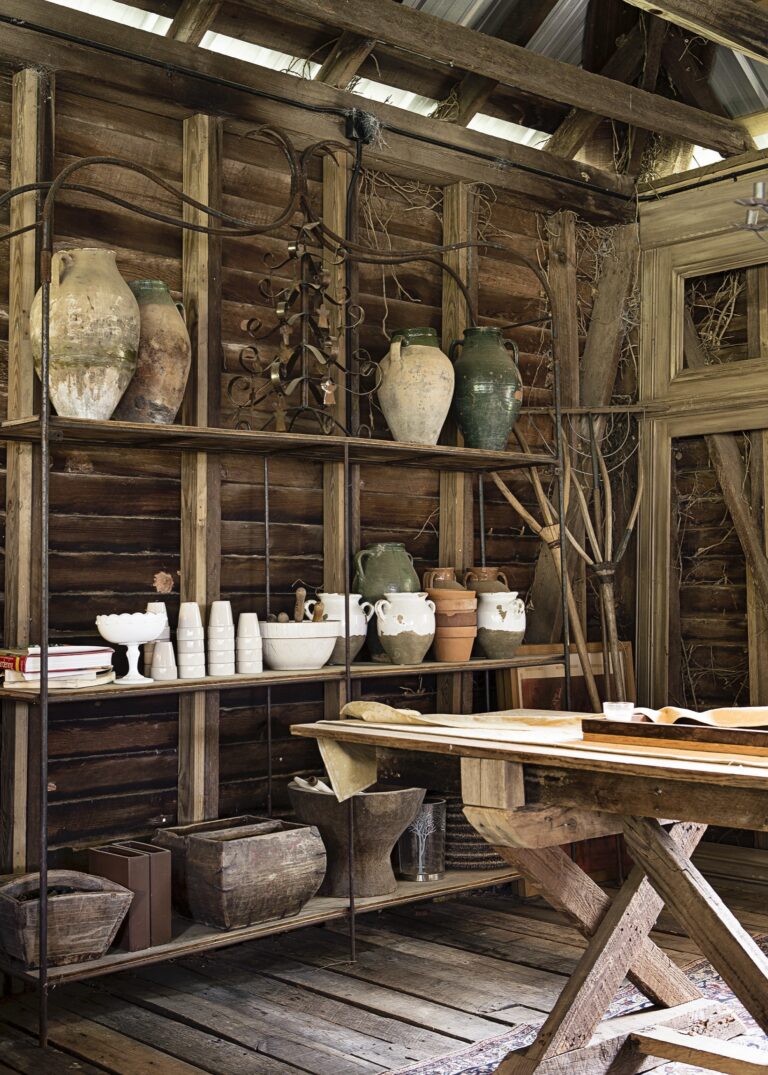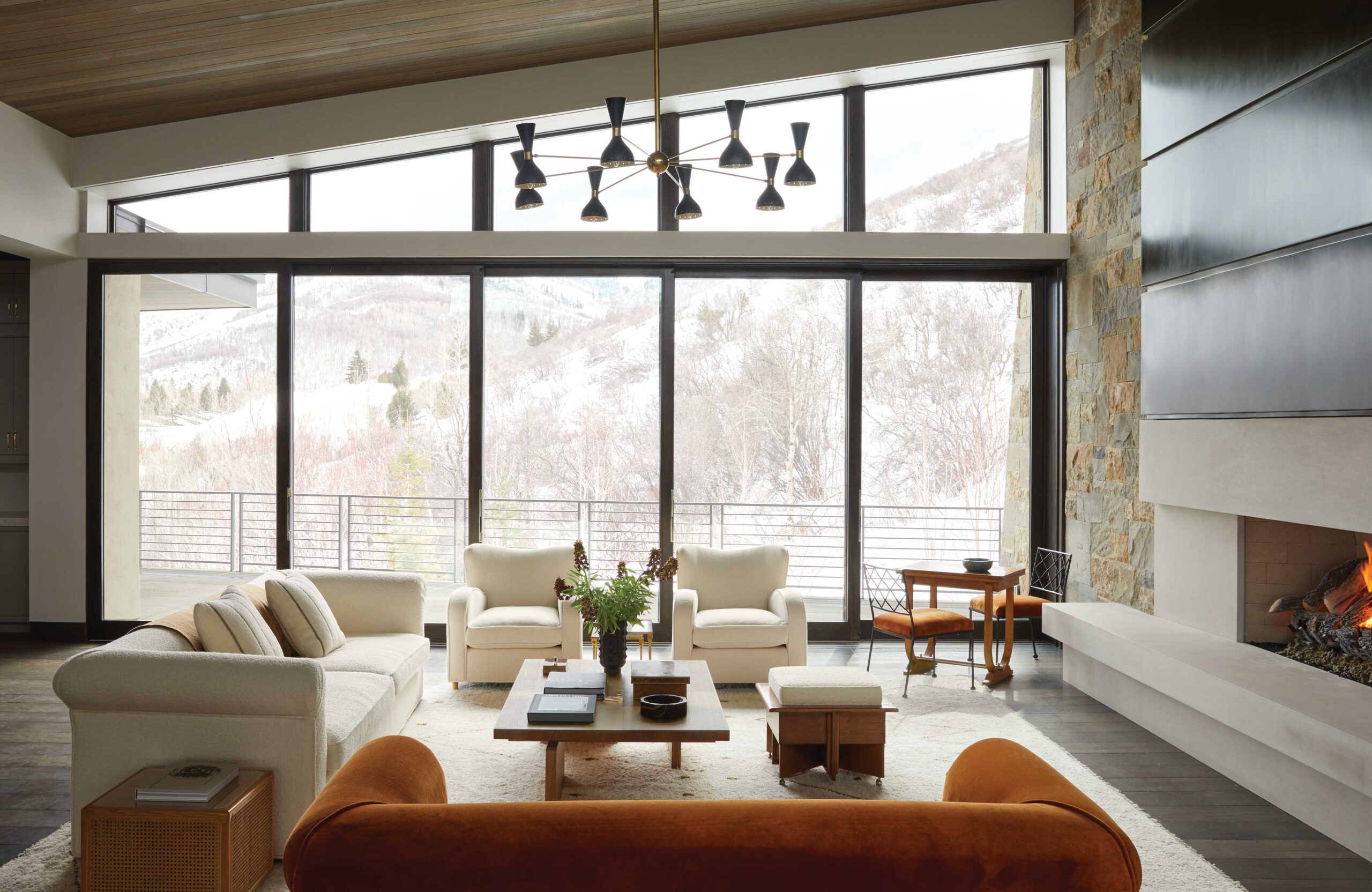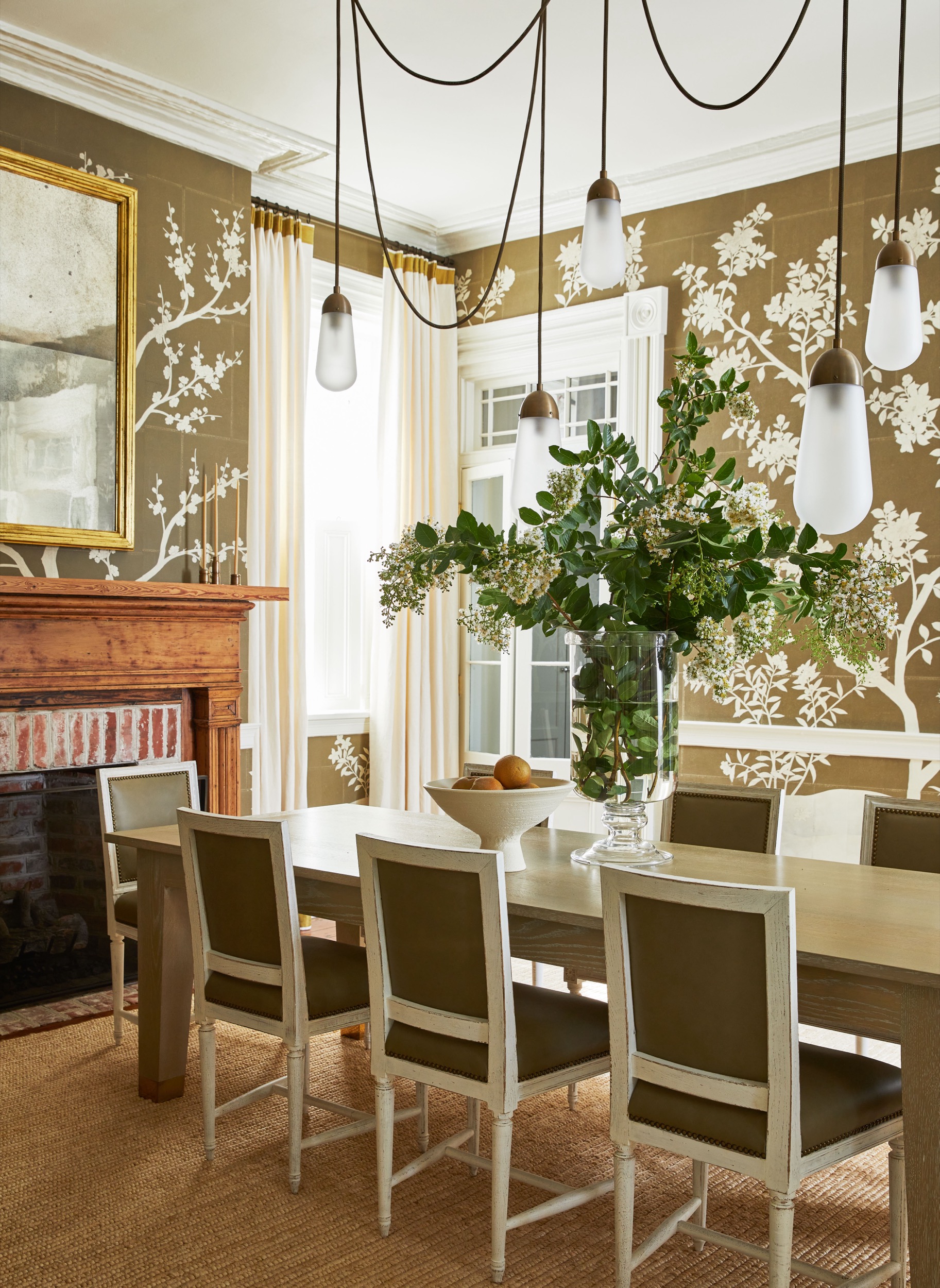Schumacher’s newest book, Southern Interiors: A Celebration of Personal Style by Tori Mellott, invites readers into the private worlds of inspiring creatives across the American South. In this exclusive excerpt, we’re paying a visit TO tastemaker and GARDEN designer KEITH G. ROBINSON IN CHATTAHOOCHEE HILLS, GEORGIA, TO find out what southern living means to him.
• • •
“I live in a historic home, built in 1841 as the centerpiece of a 10,000-acre plantation. It was constructed with an east-west orientation, so the windows capture the light of both the rising sun and dramatic sunsets that fill the receiving room with an amber glow. The house was only inhabited by one family until my tenure, so it has blessedly never undergone any modern renovations. The ancient trees on the property are sentinels of the past and give structure to a garden designed using them as focal points. Additionally, a noteworthy nurseryman and landscape designer installed boxwood parterres on the front of the property in 1837, which still thrive to this day. Native materials used out of necessity and availability yielded original quartz stone walls, which also front the property. It’s a curated assemblage which today would be quite costly to replicate. The house’s history and the quiet luxury of these elements are what make this place so special.”
How has the South shaped your aesthetic?
My family roots are French Creole and some of my earliest memories are of my paternal grandparents’ home in coastal Mississippi, where heirlooms were passed down for generations. From this, I developed an affinity for antique furnishings and accessories to create a sense of history, place, and mystery, and embrace the tradition of storytelling which is very characteristic of the South.
How does your environment enhance your sense of creativity?
I grew up in the mountains of North Carolina surrounded by beauty: the majesty of the mountains themselves; woods filled with thousands of species of native flowers and shrubs; growing, harvesting, and preparing meals from the land; and a sense of wonder for nature. I try to take the simplest of elements and create something sublime, like when I created large-scale bread boards fashioned out of 170-year-old poplar harvested from a derelict outbuilding on the property. Another time, I discovered milled cedar lumber, long forgotten, drying in the rafters of the barn and used it to build open shelving and plate racks for the kitchen.
Tell us about your favorite Southern tradition.
Having a formal dining room. Growing up in a big family where there were seven at the table (I have three brothers and our maternal grandmother lived with us), we all ate every meal together. Breakfast and lunch were always in the breakfast room, and so was dinner during busy school weeks with varying extracurricular schedules. Saturdays were also casual, but Sundays were always in the formal dining room with linens, china, silver flatware, and a beautifully set table. From the age of eight, I foraged in our own garden and the surrounding woodland and fields for flowers from which I created centerpieces for Sunday dinner. Time was spent preparing and presenting the meal and we took our time enjoying it in a space that felt special. Slowing down and connecting as a family over a lovingly prepared meal—that says everything to me about what it means to be Southern.
What’s the quirkiest thing about your house?
Living in a house built in 1841 means that heating and cooling is a challenge. The wavy glass in the original windows is beautiful, but we pay dearly for that beauty!
Why do you think Southern hospitality is so legendary?
Regardless of one’s means, Southerners always want to present the absolute best of what they have. Whether that means hosting an event or family gathering when the gardens are in peak bloom or incorporating the sublime umami of foraged chanterelle mushrooms into a special meal, I think that here in the South, we understand and appreciate the magnitude of creating lasting memories and incorporating all the senses into a crescendo that will forever be stamped in the minds of our guests.
What’s a Southern rule you love to break?
As we entertain a fair amount, guests generally offer to help clear or clean up or wash dishes. (Much of what we use must be hand washed.) We never allow our guests to help, even if they insist—I have a nightmare story about a guest having a mishap and breaking several dishes! And we don’t have a problem having a hard “end time” for a gathering. We wouldn’t want folks outstaying their welcome.
This story originally appeared in Southern Interiors: A Celebration of Personal Style. Learn more here.
